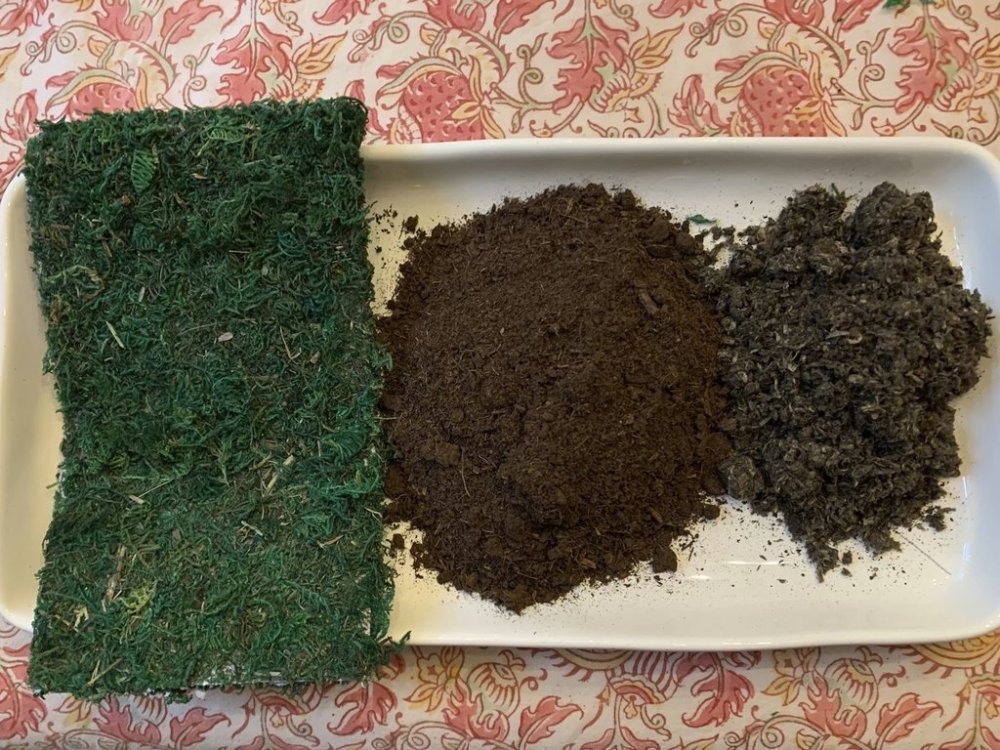Transform your houseplants into art with this Japanese gardening technique
Advertisement
Read this article for free:
or
Already have an account? Log in here »
To continue reading, please subscribe:
Monthly Digital Subscription
$1 per week for 24 weeks*
- Enjoy unlimited reading on winnipegfreepress.com
- Read the E-Edition, our digital replica newspaper
- Access News Break, our award-winning app
- Play interactive puzzles
*Billed as $4.00 plus GST every four weeks. After 24 weeks, price increases to the regular rate of $19.00 plus GST every four weeks. Offer available to new and qualified returning subscribers only. Cancel any time.
Monthly Digital Subscription
$4.75/week*
- Enjoy unlimited reading on winnipegfreepress.com
- Read the E-Edition, our digital replica newspaper
- Access News Break, our award-winning app
- Play interactive puzzles
*Billed as $19 plus GST every four weeks. Cancel any time.
To continue reading, please subscribe:
Add Free Press access to your Brandon Sun subscription for only an additional
$1 for the first 4 weeks*
*Your next subscription payment will increase by $1.00 and you will be charged $16.99 plus GST for four weeks. After four weeks, your payment will increase to $23.99 plus GST every four weeks.
Read unlimited articles for free today:
or
Already have an account? Log in here »
The third week of September is National Houseplant Week, a nod to the fact that we’re turning our attention to indoor plants. It’s a great time to explore a practice called kokedama and have a little fun making a special addition to our collections.
The Japanese method of growing plants in a living planter made of a moss-covered ball of soil, is a simple, DIY project that elevates common houseplants into works of art. They make great gifts, too.
Because roots growing in exposed soil dry out more quickly than potted ones, plants with low-water needs are ideal for kokedama. I make mine with spider plant “pups,” but you might also consider pothos or philodendron for low-light areas, or succulents for brighter spots.

What you’ll need
2 large bowls
Peat moss
Bonsai soil (or ordinary potting mix that contains peat moss and perlite)
Water
Preserved moss sheets (available at craft stores)
Scissors
Waxed thread or fishing line
A small plant
Directions
Start by placing a sheet of preserved moss into a bowl. Add warm water to cover it.
Take your plant out of its pot and gently remove excess soil from its roots. Set it aside.
Make your potting mix in the second bowl by combining 7 parts peat moss with 3 parts soil. Slowly and gradually add water to the mixture, combining it with your hands until you can form a firm ball large enough to contain your plant’s roots. Pack the ball tightly as if making a snowball. Toss it gently into the air and catch it; if it doesn’t break apart, you’ve achieved the right consistency.
Cut or split the ball in half, then place one half on either side of your plant’s roots, molding it back into a ball.
Next, remove the sheet of preserved moss from its water bath and place it face down on your work surface. Place your plant, right-side up, on the sheet, and wrap the sheet around the plant’s mud ball-encased roots. Use scissors to trim off any excess moss.
Secure the moss by wrapping waxed thread or fishing line around the ball in all directions, then tie it into place. Avoid using cotton or jute twine, as they will wear out over time.
Water your kokedama immediately by soaking the ball in a bowl of water for 15 minutes, or until it is fully saturated. Squeeze it gently, then place it in a colander in the sink until the water stops draining.
Feel the weight of the soaked ball, and when it feels light by comparison, water the plant again in the same fashion. Depending on the type of plant and the humidity in your home, you may need to water it anywhere from twice a week to once a month.
Caring for the plant
Display your kokedama on a decorative plate or suspend it from a plant hook (tie three lengths of waxed thread or fishing line to the string on three sides of the ball, then tie them together at the top to make a hanger). Grouping several kokedama plants together on a tray makes for an interesting centerpiece. Use your imagination!
To prevent kokedamas from drying out in arid climates or during winter when indoor heating is in use, consider running a humidifier nearby or placing them in a bathroom where daily showers provide humidity.
Prune the plant by up to half its size every spring to prevent it from outgrowing its kokedama, which would stress and ultimately kill it. It is possible to replant it into a larger ball, but only once, as a kokedama won’t be able to support larger roots.
Fertilize only once a year, in spring, by adding a quarter teaspoon of soluble organic fertilizer to the bowl when watering.
___
Jessica Damiano writes weekly gardening columns for the AP and publishes the award-winning Weekly Dirt Newsletter. You can sign up here for weekly gardening tips and advice.
___
For more AP gardening stories, go to https://apnews.com/hub/gardening.

